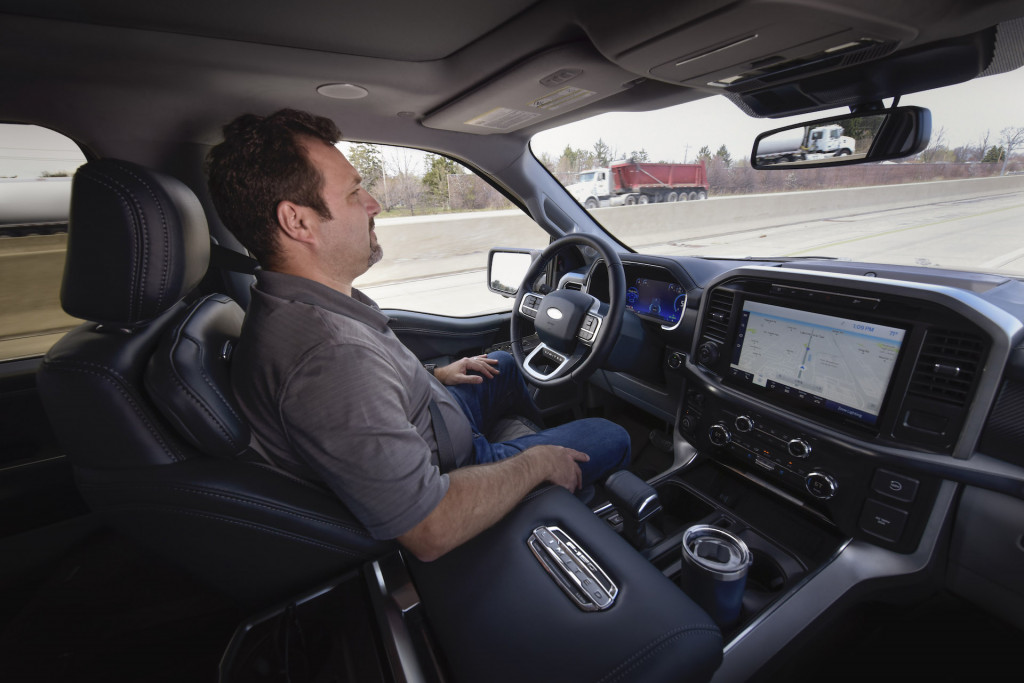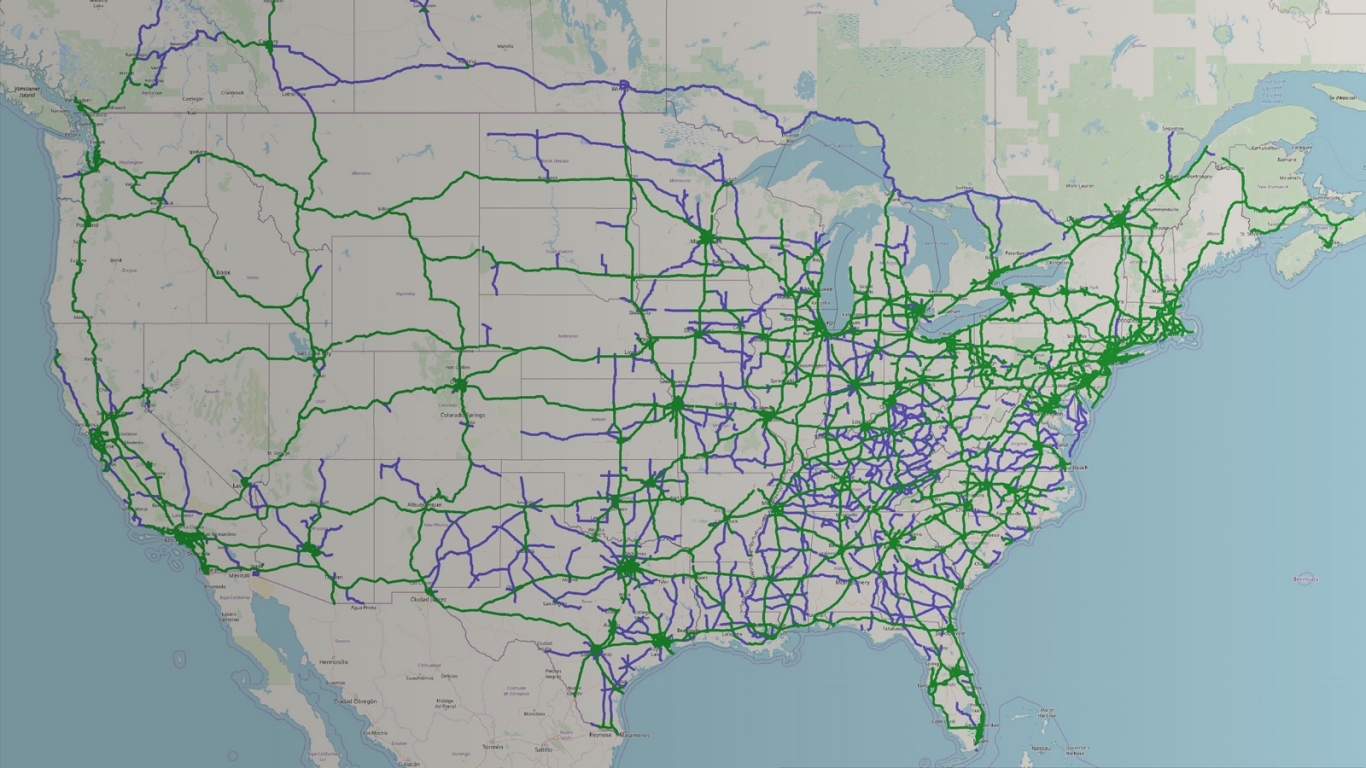Table Of Content

In simple terms, think of this as a hands-free version of adaptive cruise control with lane centering. Nonetheless, highway driving is a chore, and I undoubtedly feel more comfortable at the end of it with a system like BlueCruise to support me. The challenge — as with most advanced driver assistance — is ensuring attention without nagging so aggressively that it's not worth having the tech turned on. Once you're on an approved divided highway, BlueCruise is a snap to engage. It starts in adaptive mode with lane centering, something that's indicated within the meter cluster by an icon of a steering wheel with hands on it. After the system finds its bearings, BlueCruise usually engages a few seconds later, with a large steering wheel icon emblazoned with "Hands-Free" taking up a sizable chunk of the digital gauges.
Ford BlueCruise v1.2 Review: Hands-Off Highway Driving Gains Some Impressive New Skills
While the headline features of v1.2 are useful, the system in general feels more stable and predictable than when I first tried it. For a start, there were none of the unexpected moments where BlueCruise decided it simply couldn't handle an otherwise-regular corner and threw control back to me in short order. Back when I first tried BlueCruise — in the guise of its Lincoln ActiveGlide version, on the 2022 Navigator — I was generally hopeful, if a little underwhelmed in places. Ford's system arrived when GM's Super Cruise had already seen a number of updates, not least the two headline talents in this version 1.2.
Ford BlueCruise Verdict
We've seen hands-free highway assist systems arrive on cars from Nissan, for example. The all-electric Ariya can do the same lane- and speed-holding as BlueCruise, though currently lane maneuvers are completed manually. Tap the turn signal — you don't have to press it all the way, and if you do, it won't auto-cancel once the lane change maneuver is complete — and a "Preparing lane change" message appears.
Ford Blue Cruise: Call It Level 2.5 - Ward's Auto
Ford Blue Cruise: Call It Level 2.5.
Posted: Wed, 11 Aug 2021 07:00:00 GMT [source]
Hitting the Road With BlueCruise, Ford's Hands-Free Highway Helper
Advanced Level 2 systems like Ford BlueCruise can't take responsibility away from the person behind the wheel, but they can let them take their hands off that control. Ford's other tweaks in BlueCruise v1.2 include Predictive Speed Assist, which promises to change the speed setting ahead of places where human drivers might typically slow down. That might be as you enter a curve, for example, or as the speed limit on a stretch of highway changes. Ford basically built a version of General Motors' groundbreaking Super Cruise, which launched in the Cadillac CT6 sedan and has been out for about five years. The functionality of these two systems is almost the same, though GM's Enhanced Super Cruise does have two significant advantages.
BlueCruise is watching you
On the plus side, even if you're adjacent to said truck when you hit the turn signal, BlueCruise will generally wait for a gap to clear rather than instantly canceling the move. BlueCruise's driver-facing interface is clean and makes good use of the Mustang Mach-E's relatively small cluster display. Engage the system, and a large steering wheel graphic appears; big text confirming you're in "Hands Free" mode underneath makes understanding whether you should be touching the wheel or not straightforward. Ford's graphics show whether there's a car ahead, though you don't get the birds-eye view of traffic that, say, Tesla's Autopilot UI includes. With version 1.2, which debuts first on the 2023 Mustang Mach-E and will arrive on the Lincoln Corsair shortly, BlueCruise gains two significant talents. The first is Lane Change Assist, which allows BlueCruise to move the car between lanes with a tap of the indicator stalk.
This hands-free driving aid is currently included in the $3,200 Comfort and Technology Package, which also bundles a bunch of other amenities. Higher-performance GT models offer BlueCruise in the $1,900 Ford Co-Pilot 360 Active 2.0 and 360-Degree Camera options group. If you get a vehicle equipped with BlueCruise, you'll be set for three years.

BlueCruise Adds Hands-Free Lane Changing, Tech to Make Road-Sharing Easy with Bigger Vehicles on Key 2023 ... - Ford
BlueCruise Adds Hands-Free Lane Changing, Tech to Make Road-Sharing Easy with Bigger Vehicles on Key 2023 ....
Posted: Thu, 08 Sep 2022 07:00:00 GMT [source]
A second or two later, assuming there's nothing in the adjacent lane, and BlueCruise moves across. Another graphic showing the direction of the maneuver appears while that's happening. In testing, the biggest weakness of BlueCruise is how it handles off-ramps. When a new exit lane opens and you're driving ahead in the adjacent lane, the system will sometimes disengage and revert back to conventional adaptive cruise control. Fortunately, BlueCurise usually reengages a few seconds later once it figures out you're not headed for the ditch, but this is still a bit annoying and it happens more often than I'd like. There are situations, as I learned on a lengthy drive up Michigan's I-75, that will cause BlueCruise to temporarily disengage, that is, to revert to conventional adaptive cruise control where you have to steer.

After that, a separate subscription fee will be required, though Ford has not released any details about what this entails. When engaged, you cannot take a nap, play Wordle, organize your collection of superhero action figures, anything like that. There's a surprisingly sensitive driver-monitoring camera system that makes sure you're looking ahead and paying attention because you have to intervene if the system needs it. While Ford has been working, its rivals haven't stood still, of course.
BlueCruise is watching you
GM's system can also be used in towing situations, and the automaker boasts more than 200,000 miles of compatible roads. Both Ford and GM are working on versions of their tech that can do unsupervised Level 3 highway driving, though for the moment that's still beyond either Super Cruise or BlueCruise. Ford's system feels like a sensible, fairly conservative driver from behind the wheel.
That, plus a number of unexpected deactivations in highway corners, left me expectant that Ford would refine the experience using over-the-air (OTA) updates. Currently, BlueCruise is available on the Mustang Mach-E, the F-150, the F-150 Lightning, and the Ford Expedition. That's not the full extent of Ford and Lincoln's line-ups, true, but it's a strong cross-section of them.
Just tap the turn signal stalk and if there's nothing in the way, the vehicle will move over on its own. Second, you can tow with Enhanced Super Cruise, meaning you can trailer your boat to the lake for a long weekend without having to steer, or at least, steer as much. Undoubtedly, Ford engineers are hard at work developing similar features that will be enabled in future updates.
With all those numbers and options packages out of the way, is BlueCruise worth it? This hands-free helper got us to our destination and back again safely with few interruptions. The system is mostly smooth and exceedingly easy to use, and it should get even better with future updates. This system's driver-monitoring cameras are surprisingly sensitive. If you pick up a bottle of water or cup of coffee to take a swig, you'd better be quick, because the system will start beeping at you if your face is blocked for more than just a couple seconds.
That's despite the Mustang Mach-E shifting very close to the edge of the lane at points, away from the neighboring truck. Just how long you can look away depends on a number of factors, but generally after a few seconds of inattention you'll get an audio warning and a message displayed on-screen. There's an escalating series of beeps and visual alerts, and finally BlueCruise will deactivate completely if it deems the driver isn't playing their part.
In practice, I noticed it most when BlueCruise suddenly overruled the speed I'd set it to. That was particularly the case when it led to the Mustang Mach-E slowing aggressively while I had another vehicle close behind me. It's with those highway behemoths that you notice it in action most. Ford says that more extreme lane bias will prompt an on-screen message, explaining what's happening, but I never saw that appear in my test driving.
This is nice because everything is clearly illustrated -- there's no ambiguity as to whether you need to steer or not. The clean iconography is also helpful for folks with color-blindness. BlueCruise is Ford's latest and greatest advanced driver-assistance feature. This technology, which is available on select vehicles, enables hands-free motoring on certain sections of divided highway. I put this Super Cruise imitator to the test on a nearly 700-mile round-trip drive to Northern Michigan and the results are positive -- with a couple caveats, of course. There are no fully-autonomous cars on sale today, but that's not to say you're completely on your own when it comes to driver assistance on a road trip.


No comments:
Post a Comment